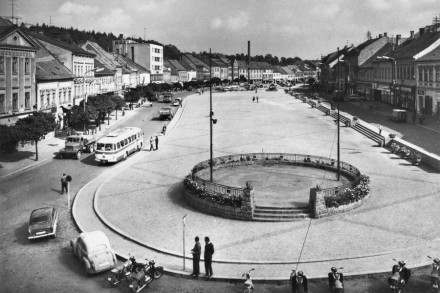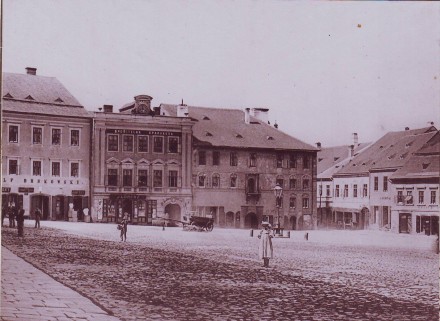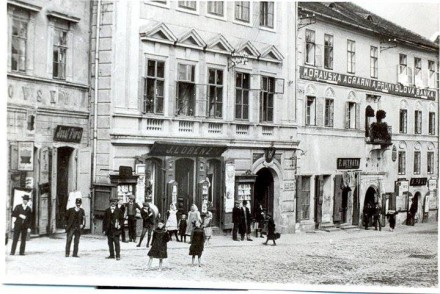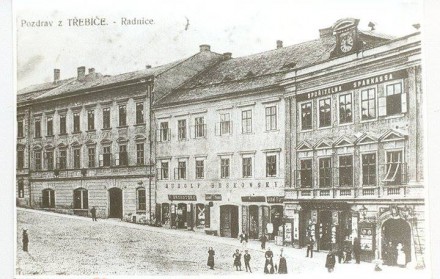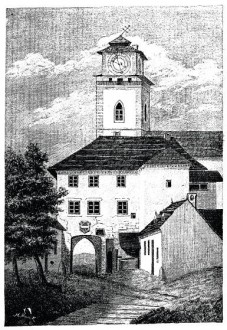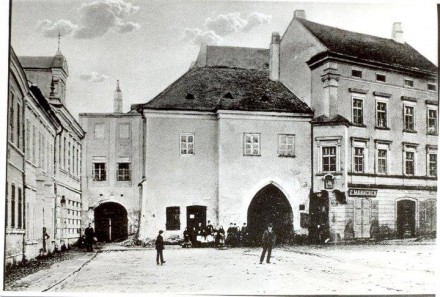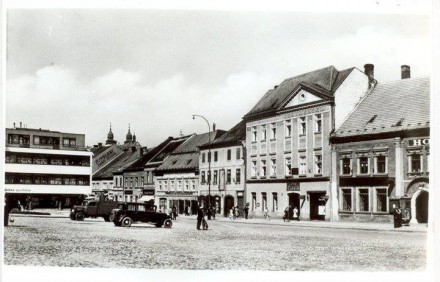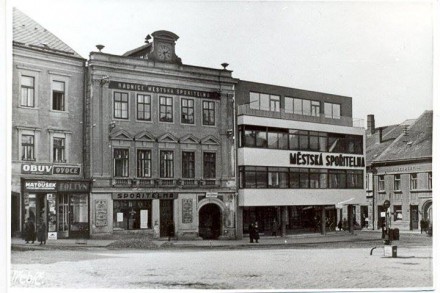Brief History
The first step to settle the area was the foundation of the Benedictine monastery by the Moravian Premyslid princes Oldřich Brněnský and Litold Znojemský between 1101 and 1104 on a promontory above the river Jihlava. In the first half of the 13th century it was probably decided to convert the wooden monastery complex into a stone form.This is how the monastery church of the Assumption of the Virgin Mary was built on the site of the abbey temple called the Basilica of St. Prokopius, today one of the UNESCO World Heritage Sites. A market settlement was established under the monastery, where traders and craftsmen came from a wide area.
During the reign of Premyslid Ottokar II, in the last third of the 13th century, locator Heřman founded the colonization town of Třebíč on the right bank of the river Jihlava. The first written report of abbot Martin on the town dates back to 1277. Sometimes at that time, Jews were coming here, settling on the left bank of the river Jihlava, where over the centuries they created a strong Jewish community that became an essential part of the town.
The permission to fortify the walls and follow the norm of urban law according to the example of royal towns was granted to Třebíč by Margrave Charles (later Czech King and Roman Emperor Charles IV) with John of Luxembourg as late as in 1335.
The promising development of the town stopped in 1468, when the town was destroyed during the wars between George of Poděbrady and Matthias Corvinus and burnt down by Hungarian troops. The monastic property then passed into the hands of the nobility (Šternberks, Pernštejns, Osovskýs and Valdštejns), which gradually rebuilt the monastery into a castle.
After a short period of rise and reconstruction of the town in the 16th century, a century later, the Thirty Years War brought a considerable suffering to the inhabitants. The general decline then continued in the 18th century. In the 1920s, a large part of the town fell victim to a series of devastating fires. At that time, the Renaissance look of the town went to ruin. Only three houses on Charles Square have retained their original appearance.
In the 19th century, the Třebíč economy started to be gradually renewed, especially the tanners were successful, furniture and engineering industries as well as cultural activities of the town developed. In the early 20th century, footwear production also developed in the town. The interwar period was a time of big industrial factories the most important of which were the Budischowsky factory in Borovina (later Baťa s factory) and the UP Závody producing furniture in a cubist building designed by architect Josef Gočár. The building of the town Savings Bank in the Functionalist style by architect Bohuslav Fuchs was built on the square.
The World War II badly also affected the lives of Třebíč inhabitants. The war events had the worst impact on the local Jewish community. In 1942, nearly three hundred Jews were transported to Terezín and then further east. Only a few survived the war, but could no longer restore the Jewish community. Only the exceptionally well-preserved Jewish Quarter, which is unique from the urban and historical point of view, has remained. Apart from the Basilica of St. Prokopius, the Jewish Quarter is also included in the list of the UNESCO World Heritage, a well-preserved Jewish Cemetery with approximately three thousand tombstones and a uniquely preserved ceremonial hall forms a part of the Quarter.
In 2003, these monuments in Třebíč became part of the world cultural heritage.
The expansion of the town was supported by a rapid development in the 1970s and 1980s, related to the construction of the Dukovany Nuclear Power Plant, which had been preceded by the construction of the Dalešice Waterworks on the river Jihlava. Within a short time, the population of Třebíč increased more than twice.

